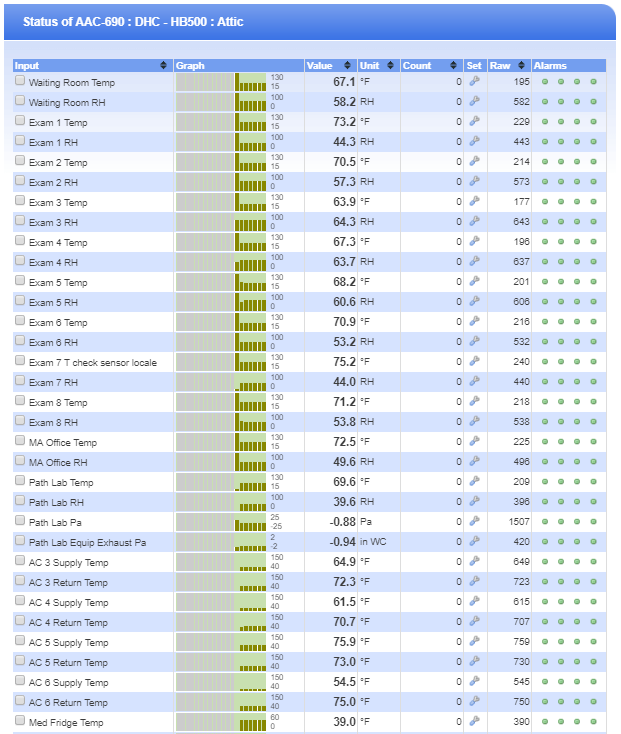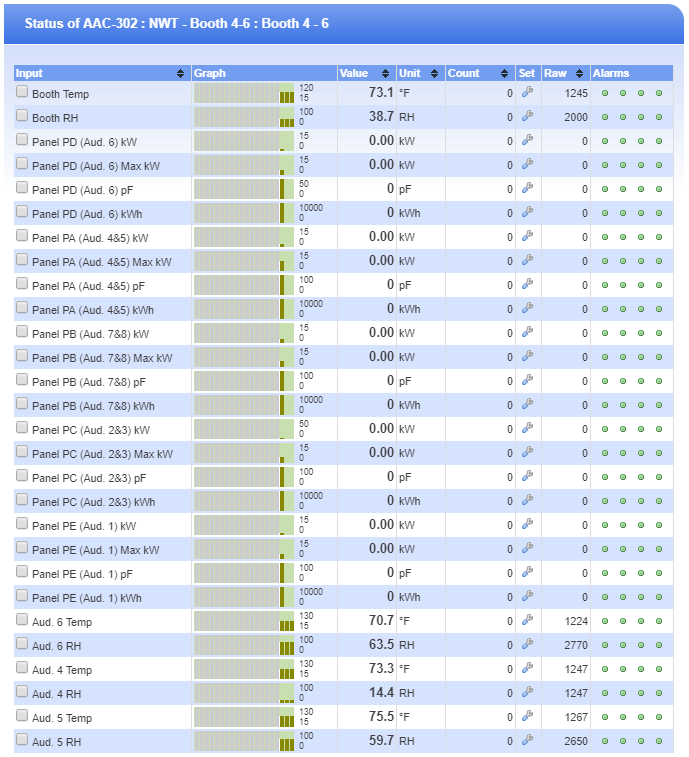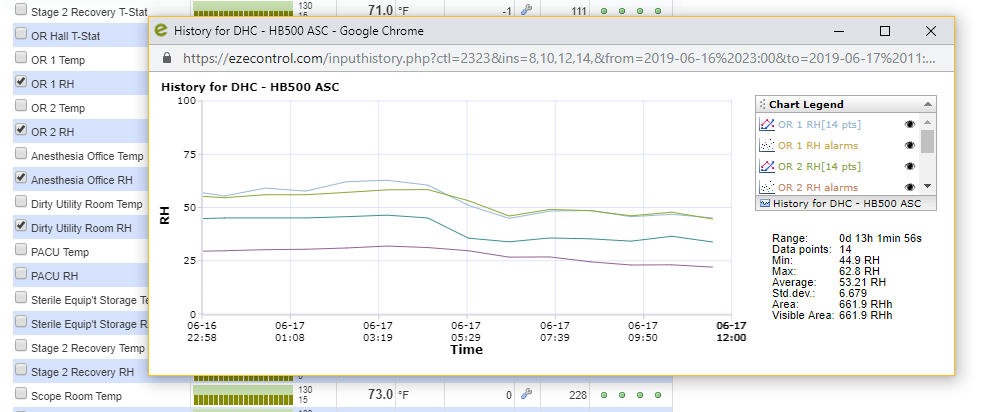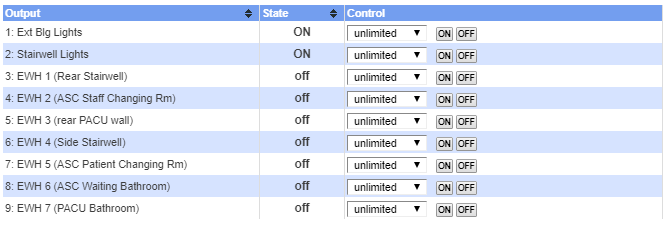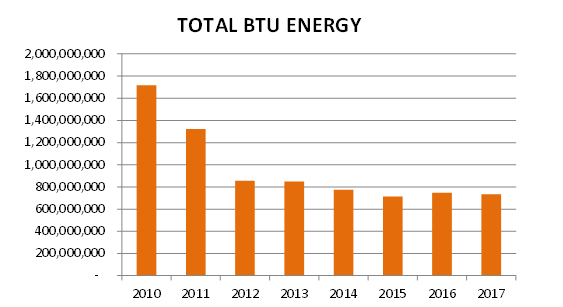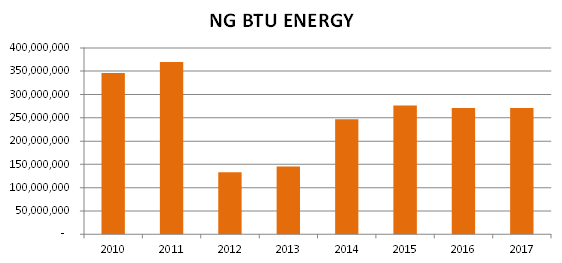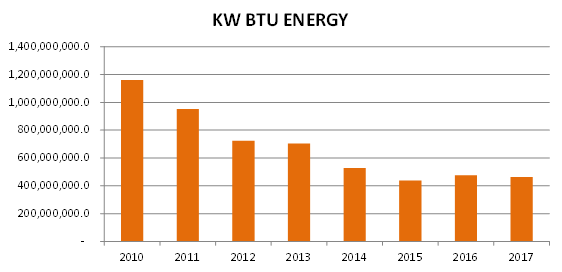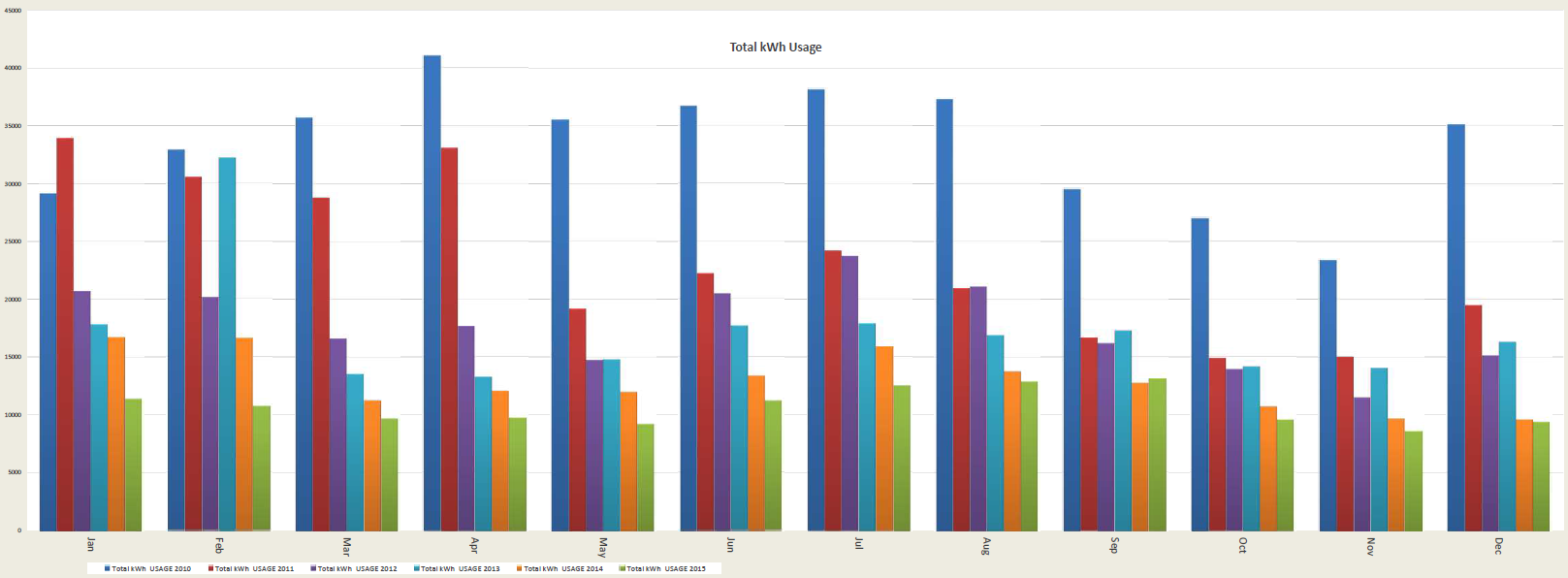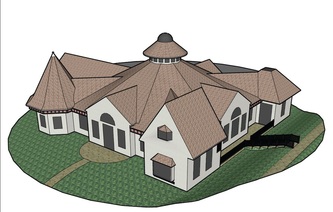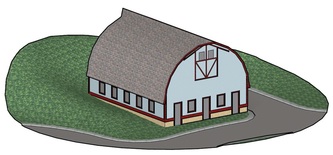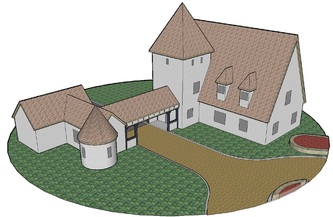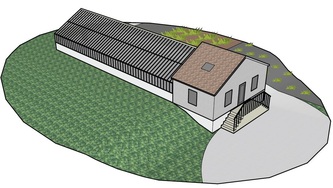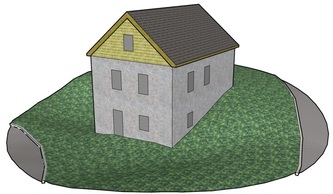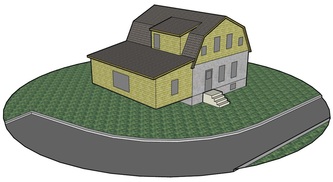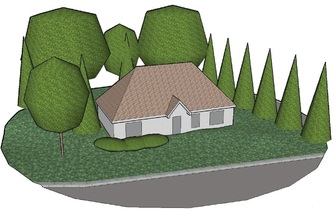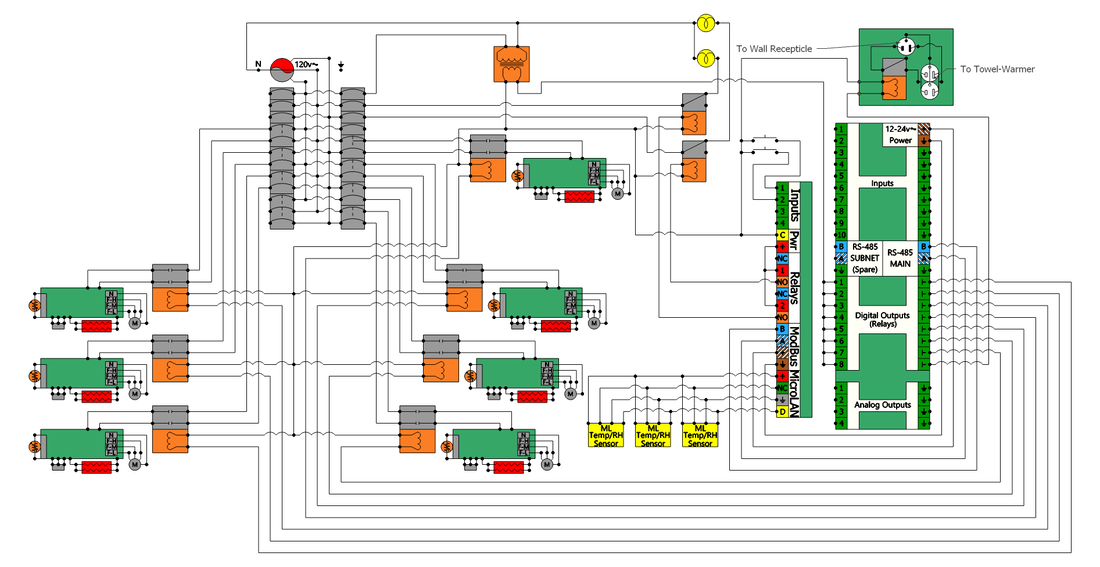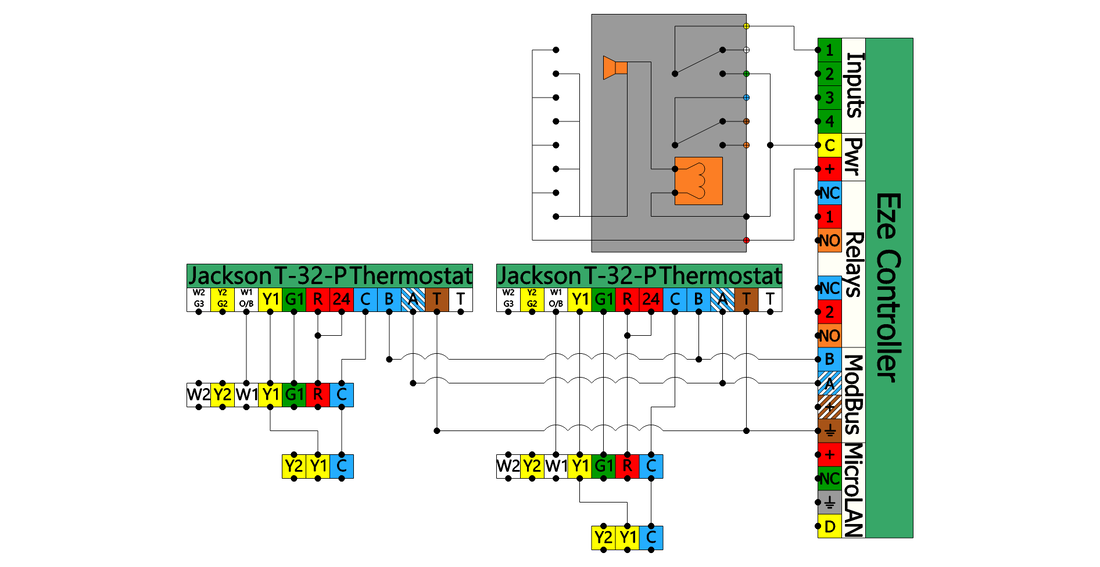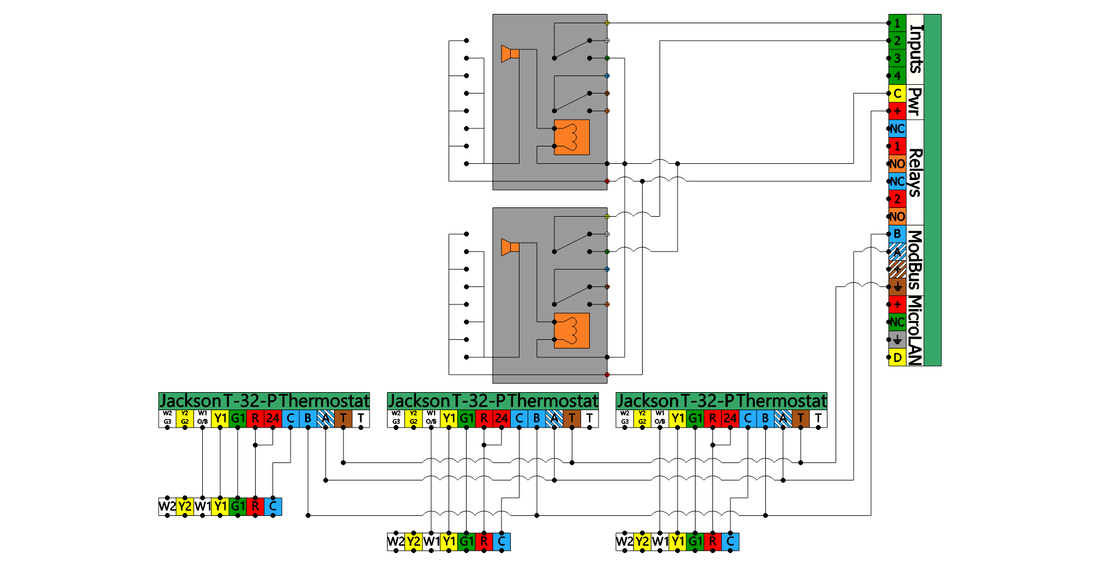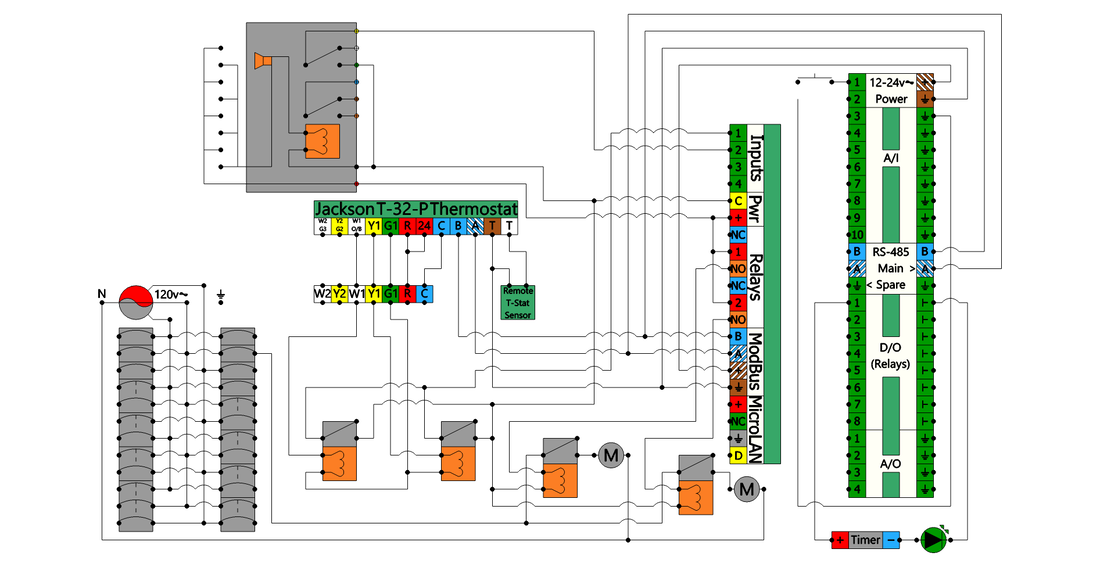Our Mission |
| By promoting and implementing measures for energy efficiency and conservation, we reduce the Nation's need for energy production, thereby reducing the need for alternative energy solutions, reducing the Nation's carbon footprint, and encouraging economic growth. Easy Energy USA promises to achieve 100% customer satisfaction without sacrificing integrity. |
| Calculate your potential for savings! |
|
|
|
Energy Ratings & Retuning
|
|
||||
|
|
Benchmarking
Benchmarking is the first step in creating an Energy Management Program. Easy Energy USA compiles data on utility costs during each calendar year; this process is where 24-48 months of utility data is gathered and input within a formulated spreadsheet to determine savings upon baseline readings. This procedure is beneficial to conduct a cost versus savings analysis of utility expenses. Spikes in usage can demonstrate problematic issues that continue to rise within a facilitySome of the most commonly misdiagnosed issues are:
ContractOnce all utility data is collected and savings are visualized, a contract is drafted. Within this agreement, different energy reduction procedures are coordinated through the help of Easy Energy USA. First, we will start with "low-hanging fruit," implementations that are inexpensive, which many companies execute for the quickest return on investment.The following items can develop fincancial opportunities from energy savings:
ContractOnce all utility data is collected and savings are visualized, a contract is drafted. Within this agreement, different energy reduction procedures are coordinated through the help of Easy Energy USA. First, we will start with "low-hanging fruit," implementations that are inexpensive, which many companies execute for the quickest return on investment.The following items can develop fincancial opportunities from energy savings:
Rate Reduction & Energy Meter InstallationRate reduction generally produces a direct savings of up to 15%. This is a program for consumers to break away from the local utility provider and choose an alternative supplier for a more desirable cost. Easy Energy USA evaluates different third-party suppliers that are providing rates in the area and recommends which would provide the best savings.Meter installation is performed to detect the energy being used within a facility. Using a network-connected meter, spikes in kWh usage are monitored. Sometimes, mechanical systems in a building may need to be retuned or replaced to reduce these spikes. Building retuning is a low-cost form of retro-commissioning that Easy Energy USA can implement to improve the operations of the building and help reduce energy usage.
Energy Management ProgramIn today's economy of rising energy prices, a good energy efficiency policy is a necessity. Progress with clients should be maintained through an Energy Management Program. This is a chance to get top executives involved with the prospects of sustaining energy management. Many organizations have found that informed emplotees are more likely to:
Energy Management ProgramIn today's economy of rising energy prices, a good energy efficiency policy is a necessity. Progress with clients should be maintained through an Energy Management Program. This is a chance to get top executives involved with the prospects of sustaining energy management. Many organizations have found that informed emplotees are more likely to:
Investment AnalysisWhether an efficiency project involves small improvements or a complete system upgrade, there is always a suitable financing option available. Other than traditional sources of funding, such as financial institutions and capital markets, many organizations also offer financial support through:
WeatherizationEasy Energy USA performs efficiency diagnostics which reveal energy loss. Air pressure testing reveals thermal and pressure boundary deficiencies which inhibit comfort and are crucial to effective energy savings. Adding insulation and strategically sealing the building envelope will improve the efficiency of the facility. Providing the building manager with a schedule of implementations needed to finalize the goals of the Energy Management Program will achieve a greater accountability and sustainability for both business and community.
Building RetuningCommercial buildings consume approximately 46% of the overall energy consumed in the Nation. Improving upon building management through low-/no-cost operational improvements on mechanical systems constructs a financial infrastructure that identifies opportunities to further increase the building's energy efficiency. Mechanical and technological assessments identify issues that may require physical repairs of some facility systems. Easy Energy USA can implement a recommissioning of a facility's systems and operations, which can reduce energy use by HVAC systems by up to 20%. This creates a large rate of return on investment.
Building RetuningCommercial buildings consume approximately 46% of the overall energy consumed in the Nation. Improving upon building management through low-/no-cost operational improvements on mechanical systems constructs a financial infrastructure that identifies opportunities to further increase the building's energy efficiency. Mechanical and technological assessments identify issues that may require physical repairs of some facility systems. Easy Energy USA can implement a recommissioning of a facility's systems and operations, which can reduce energy use by HVAC systems by up to 20%. This creates a large rate of return on investment.
Controls ProtocolA control protocol determines how systems accomplish the design goals of comfort, safety, and cost-effective operations. Inadequate controls can lead to 50% higher energy costs and add 25% more to the operations and maintenance budget. Operational controls include:
Measure & VerificationMonitoring is critical for demonstrating to management that a facility's energy efficiency and sustainability strategies have met the goals of the Energy Management Program. It is important for a facility to invest in measuring key activities and verifying their performance for continued cost savings. With a performance contract, this often includes a guarantee of performance, which benefits from accurate, reliable measurement and verification done by the energy manager or, for an additional cost, a third-party analysis group, such as Noesis.
Recognize AchievementsIt is the facility's objective to use energy efficiently and to provide energy security for a profitable financial future, both immediate and long term. Evaluating this progress includes a formal review of energy usage data and the activities carried out as part of the Energy Management Policy. Tracking the progress and sharing these achievements constitutes feasible capital from the investment of these assets.
Recognize AchievementsIt is the facility's objective to use energy efficiently and to provide energy security for a profitable financial future, both immediate and long term. Evaluating this progress includes a formal review of energy usage data and the activities carried out as part of the Energy Management Policy. Tracking the progress and sharing these achievements constitutes feasible capital from the investment of these assets.
|
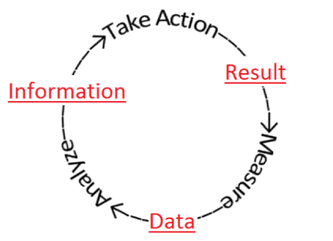 |
Control Systems
Control systems are an essential componenent in an efficiently operating building. They are devices which, using various sensors (thermostats, occupancy sensors, daylight sensors, etc), control the mechanical and electrical systems in a building so that the occupants don't have to. These devices can be finely tuned to deliver optimal efficiency without sacrificing comfort.
Some examples of control systems in a commercial building include:
Easy Energy will analyze the control systems in a building and determine their functionality and efficiency. We will then develop a strategy to adjust, repair, replace, and/or implement new control systems as needed.
Some examples of control systems in a commercial building include:
- Occupancy and daylight controls for interior lighting
- Heating/Cooling economizers for temperature & humidity control
- Ventilation controls triggered by carbon monoxide levels
Easy Energy will analyze the control systems in a building and determine their functionality and efficiency. We will then develop a strategy to adjust, repair, replace, and/or implement new control systems as needed.
Screenshots
Energy Consulting & Facility Management
Operating a high energy performance building requires performance tools and knowledge. Easy Energy USA has these assets and efficiently monitors all mechanical and electrical systems in a building. We will develop an efficient regulation for you and your staff to follow, as well as forecast and adjust energy usage based on variables such as weather, building occupancy, and tariff rates. Measurement and verification protocols are implemented to ensure results.When the building and business are running efficiently, we will maintain and manage future energy upgrades so you are protected from scrupulous vendors and and unnecessary improvements, and implement the most efficient solutions to ensure your continued success. This continuous commissioning solution simplifies management of your energy assets.This platform works with any building to ensure optimal energy savings for all of our clients.
Illustrations
Graphs & Charts
Utility usage and expenses are graphed to easily track energy conservation progress.
3D Informational Drawings
Click an image to open Building Information in PDF format. (Requires Adobe Acrobat Reader)
Engineering Drawings
Coming Soon!
